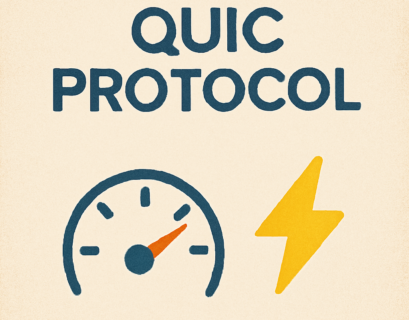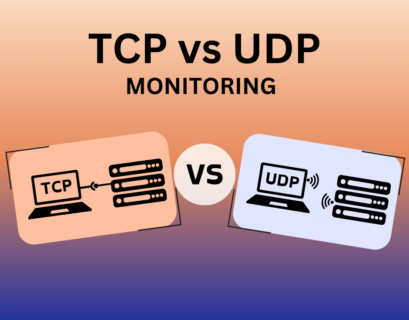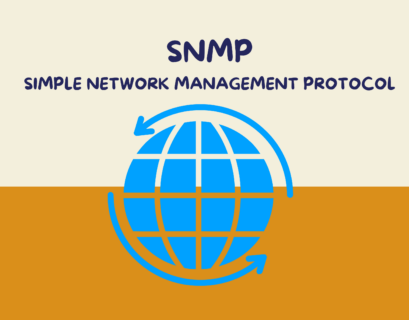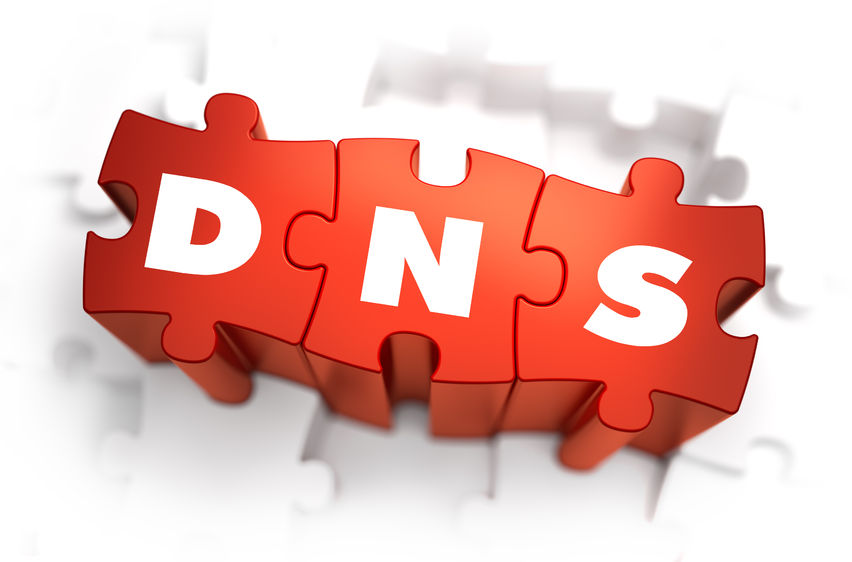In the ever-competitive landscape of web performance, milliseconds matter. Whether you’re optimizing for Core Web Vitals, reducing bounce rates, or improving conversion paths, small enhancements can have a big impact. One such enhancement – often underused but extremely effective – is DNS prefetching. This article explores how DNS prefetch works, why it’s valuable, and how to apply it correctly to accelerate your website’s loading experience.
Table of Contents
Why Do DNS Lookups Matter?
Every time a browser encounters a new domain in a page – whether it’s for loading a font, a JavaScript file, or even preparing a link a user might click – it must perform a Domain Name System (DNS) lookup to translate the domain into an IP address. This is necessary to establish a network connection to the server, but it introduces a delay, often ranging from 20 to 200 milliseconds depending on the user’s location, DNS provider, and network quality.
While these delays might seem small in isolation, they compound quickly when a page relies on multiple third-party services such as analytics, advertising networks, or CDNs. On mobile connections or slow networks, the impact is even more noticeable. That’s where DNS prefetch becomes important.
By instructing the browser to resolve certain domains before they’re needed, DNS prefetch helps eliminate one of the earliest bottlenecks in the loading process – saving precious time and making your website feel faster and more responsive.
What Actually Happens When You Use DNS Prefetch?
When the browser sees a tag like <link rel=”dns-prefetch” href=”//example.com”>, it starts resolving the domain in the background. This means it contacts the DNS resolver, queries the IP address for example.com, and stores it in its cache. Importantly, no actual connection is made to the domain – the browser doesn’t open a TCP socket or send any HTTP requests. The only thing it does is pre-resolve the IP address.
This behavior makes DNS prefetch incredibly lightweight. It doesn’t consume much bandwidth or CPU time, and it allows for faster access to third-party resources when they’re actually needed. By having the IP address ready in advance, the browser can skip an entire round trip at the moment the resource is requested, moving directly to establishing a TCP connection.
It’s also worth noting that modern browsers manage DNS caches intelligently, storing results from prefetches temporarily. If the domain isn’t used within a certain window of time, the cache entry may expire. That’s why timing matters – DNS prefetch is most effective when it’s applied to domains used shortly after page load.
When to Use DNS Prefetch?
DNS prefetching isn’t something you sprinkle everywhere on a hunch. For it to deliver real performance benefits, it should be applied strategically, to the right domains, and at the right time in the page lifecycle.
A good candidate for prefetching is any third-party domain that your site relies on for resources like fonts, stylesheets, JavaScript libraries, images, or even embedded media players. These third-party services often exist on different domains than your own site, and they introduce DNS resolution delays on first use.
Let’s say your homepage uses a font from Google Fonts, tracks visits with Google Analytics, and loads a carousel script from a CDN. All three services are hosted on different domains and must be resolved separately. By prefetching these domains, you ensure that by the time the browser reaches those resources, the DNS step is already complete.
However, this tool is most effective when there’s a high probability the resource will be used. If a domain appears only on rarely visited links or in optional user interactions, prefetching it might not be worth the cost. Keep your prefetch list focused and essential.
Situations Where It Doesn’t Help (or Can Even Hurt)
DNS prefetch, while helpful, is not always appropriate. Its misuse can lead to inefficiency – or even degrade performance slightly. For example, issuing too many DNS prefetches can overwhelm the browser’s internal queue for resource hints, delaying the resolution of more important domains.
Browsers implement limits on how many DNS lookups can be initiated simultaneously. If you load a dozen dns-prefetch hints – many of which resolve to domains that are never used – you may prevent actual high-priority lookups from occurring quickly. On slow networks or low-powered devices, this can be especially problematic.
In addition, DNS prefetch doesn’t make sense for:
- First-party resources: If the resource is hosted on the same domain as your site, there’s no need to prefetch – the DNS lookup is already complete when the page loads.
- Idle or speculative content: If there’s a low probability that a link will be clicked or a resource used, prefetching wastes resources.
- Scenarios better served by preconnect: If you want to resolve the domain and establish a connection, preconnect is more appropriate.
In short, use DNS prefetch only when you know the domain will be needed, and when the full connection doesn’t need to be opened just yet.
Comparing DNS Prefetch with Other Resource Hints
DNS prefetch is just one of several resource hint strategies defined by the W3C. It’s important to understand how it compares with similar techniques like preconnect, preload, and prefetch, so you can choose the right hint for the right job.
Here’s a breakdown:
- dns-prefetch: Performs DNS resolution only. It’s fast and light, best used for third-party domains where assets will be needed, but not immediately.
- preconnect: Does everything DNS prefetch does, and also establishes the TCP and TLS connection. Ideal for resources required very early in the page load (e.g., hero images or fonts).
- preload: Explicitly instructs the browser to download a critical resource as early as possible. This is used for scripts, stylesheets, fonts, and other render-blocking assets.
- prefetch: Used for assets or pages likely to be used in the near future, such as the next page in a navigation flow.
Combining dns-prefetch and preconnect is a common pattern for optimizing third-party scripts or fonts. Prefetch reduces latency, while preconnect reduces connection time.
How and Where to Place DNS Prefetch Tags Strategically?
The effectiveness of DNS prefetch is tied to when the browser sees the hint. Since browsers begin parsing the HTML as soon as they receive it, you want your DNS prefetch tags to be as close to the top of the document as possible, ideally inside the <head>.
This ensures that the browser can initiate DNS resolution while it’s still parsing other elements and before it actually encounters the related resources. Placing the tag too late, such as in the <body>, or dynamically injecting it with JavaScript, often means the lookup happens after the resource is needed – defeating the purpose.
A correct example:
<head>
<meta charset=”UTF-8″>
<link rel=”dns-prefetch” href=”//cdn.example.com”>
<link rel=”dns-prefetch” href=”//fonts.googleapis.com”>
</head>
Conclusion
DNS prefetch is one of those optimizations that’s easy to overlook but delivers measurable benefits when applied correctly. It doesn’t require complex setup or tooling, it’s lightweight, and it plays well with other optimization techniques. By helping the browser skip one of the earliest latency points in loading third-party resources, DNS prefetch makes your site feel more responsive and fluid – especially on slower connections or first-time visits. For developers serious about web performance, DNS prefetch is a smart, no-regret improvement that takes minutes to implement and continues paying dividends long after.






